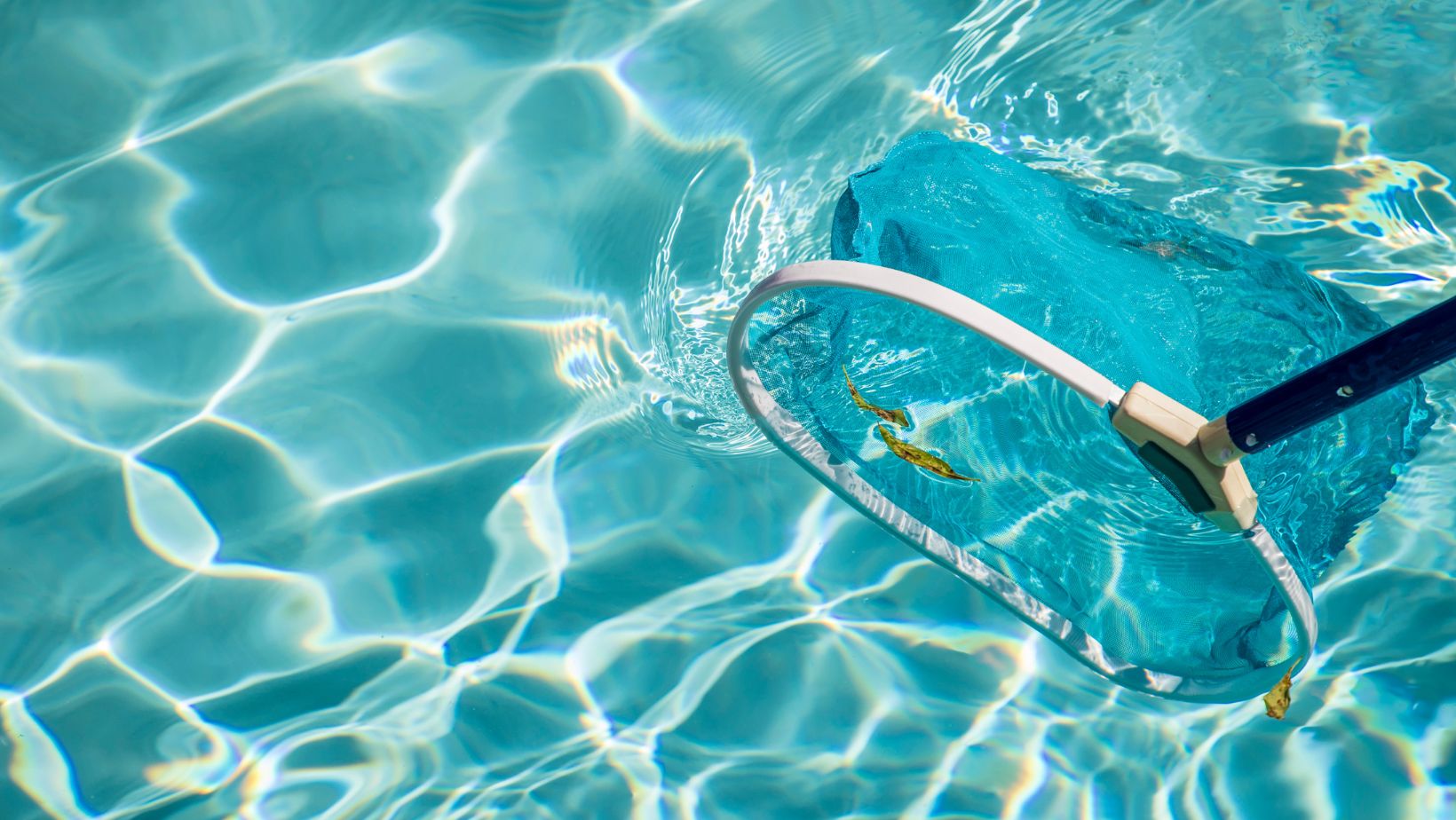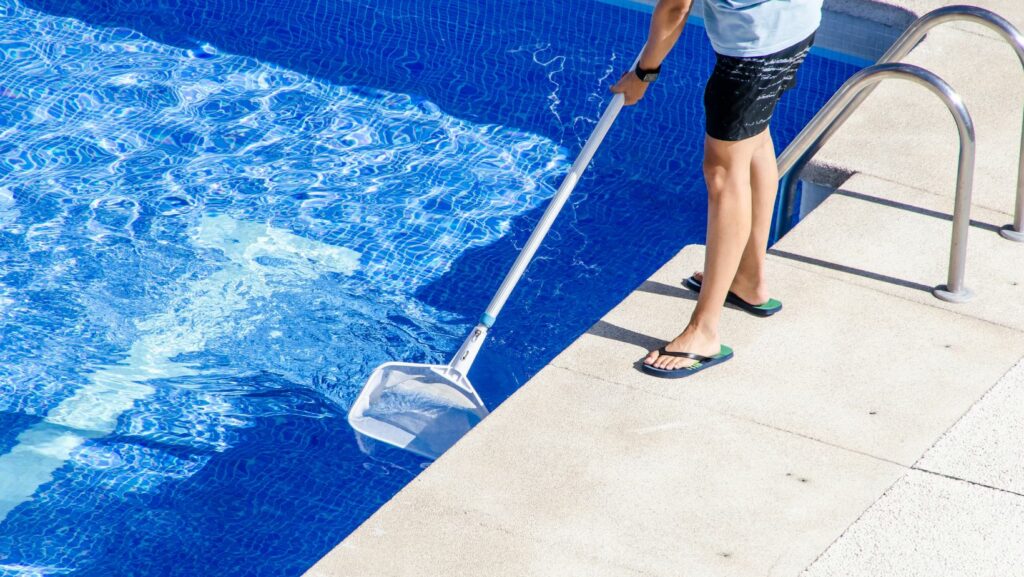Struggling with how to remove sediment from the bottom of your pool without a vacuum? Don’t worry, I’ve got you covered. Maintaining a clean and clear pool can be challenging, especially when pesky sediment starts accumulating at the bottom. But fear not, there are alternative methods that can help you tackle this issue without the need for a vacuum.
One effective method is using a pool brush along with regular brushing to stir up the sediment and push it towards the pool’s main drain. By vigorously brushing the pool floor in different directions, you can dislodge the particles and guide them towards the drain where they can be easily removed. This technique may require some patience and multiple sessions of brushing to fully eliminate all sediment.
Table of Contents
ToggleUnderstanding Sediment Build-up in Pools
As a pool owner, I’m well aware of the frustration that comes with dealing with sediment build-up at the bottom of my pool. It not only makes the water appear cloudy and uninviting, but it can also lead to clogged filters and decreased water circulation. In this section, we’ll delve into the causes of sediment build-up in pools and how to tackle this issue effectively.
- Natural Factors: One common cause of sediment accumulation is natural debris such as leaves, twigs, and dirt that find their way into the pool. These particles settle at the bottom over time, forming a layer of sediment.
- Chemical Imbalance: Another factor contributing to sediment build-up is an imbalance in pool chemicals. When pH levels are off or there’s insufficient sanitizer, it can result in algae growth and organic matter settling on the pool floor.
- Inadequate Filtration: If your filtration system isn’t functioning optimally or you don’t run it for enough hours each day, it may struggle to remove fine particles from the water effectively. This can lead to sediment accumulation over time.
To address these issues and prevent further sediment build-up, here are some practical steps you can take:
- Regular Skimming: Make sure to skim your pool regularly using a net or skimmer basket to remove any surface debris before it sinks and contributes to sediment formation.
- Proper Chemical Balance: Test your water regularly using a reliable testing kit and adjust chemical levels accordingly. Maintaining balanced pH levels (7.4-7.6) will help prevent algae growth and reduce sediments.
- Efficient Filtration System: Clean or backwash your filter frequently based on manufacturer recommendations to ensure optimal performance. Additionally, running your filtration system for an adequate number of hours each day will help trap sediments before they settle on the pool floor.
- Vacuuming and Brushing: Use a pool vacuum or a manual brush to remove sediment from the bottom of your pool. This can be done either manually or with an automatic pool cleaner for larger pools.

How to Remove Sediment from Bottom of Pool Without Vacuum
By understanding the causes of sediment build-up in pools and implementing these preventive measures, you can maintain a clean and inviting swimming environment. Regular maintenance is key to preventing sediment accumulation and ensuring crystal-clear water for you and your family to enjoy all summer long. Identifying the Type of Sediment in Your Pool
When it comes to dealing with sediment at the bottom of your pool, it’s crucial to first identify the type of sediment you’re dealing with. This knowledge will help you determine the most effective methods for removal and prevent further accumulation.
Here are some key steps to help you identify the type of sediment in your pool:
- Visual Inspection: Take a close look at the sediment in your pool. Is it fine and powdery, or does it appear clumpy and sandy? Does it have a specific color or odor? These visual cues can provide valuable clues about its composition.
- Water Testing: Conducting a water test is another essential step in identifying pool sediment. Test kits are readily available and can measure various parameters such as pH levels, alkalinity, calcium hardness, and metals present in the water. Elevated levels of minerals like iron or copper can contribute to specific types of sediments, such as rust-colored stains or greenish algae deposits.
- Professional Analysis: If you’re unsure about the nature of the sediment or need more accurate results, consider seeking professional assistance from a pool expert or laboratory that specializes in water analysis. They can provide detailed insights into any potential issues affecting your pool.
- Research Common Sediments: Educating yourself about common types of sediments found in pools can also be helpful. For instance, sand-like particles may indicate debris brought into the pool by wind or rainwater runoff, while fine powdery substances could be algae spores or other organic matter.

